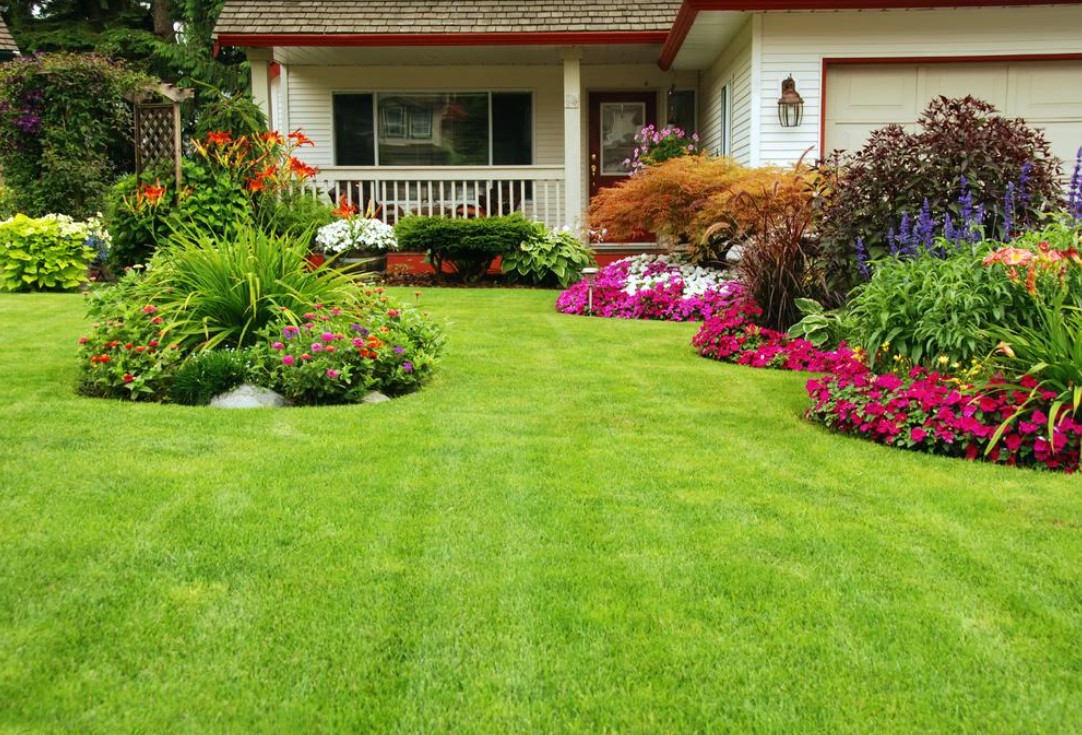Designing a Low-Maintenance Garden – Tips for a Beautiful and Easy-to-Care-for Landscape

A low-maintenance garden can be a welcome relief, providing an attractive outdoor space that demands little attention. If you’ve ever found yourself dreaming about a garden that doesn’t demand your entire weekend just for maintenance, you’re not alone. Here are a few helpful tips and techniques that should help you create a rather stunning yet low-maintenance garden.
1. Start with a Thoughtful Plan
The initial step to creating a low-maintenance garden is formulating a carefully considered plan. Keep in mind that the objective is to decrease workload, hence it’s crucial to contemplate your ultimate desires. Are you seeking a peaceful retreat, an appealing area for social gatherings, or a secure environment for your children’s to play in?
After identifying the primary purpose of your garden, it’s time to create a rough sketch. You don’t need to have artistic skills for this; what matters is that you layout your space and locate the specific elements you want in your garden design.
2. Choose the Right Plants
The plants you pick will determine the success of your low-maintenance garden. Choose native plants or those that are well-suited to your local climate. As these plants have been adapted to the local environment, they should be easier to maintain.
Evergreen shrubs can be a fantastic choice. They retain their leaves all year round, providing constant coverage and reducing the need for regular pruning.
Perennials also make excellent choices as they come back year after year, eliminating the need for replanting each season. Some perennials, such as daylilies or hostas, are particularly hardy and require little attention.
3. Use Mulch
For gardeners who prefer low maintenance, mulch is an essential ally. It has two main purposes: providing a polished appearance to your garden while simultaneously hindering weed growth. Additionally, it can hold moisture in the soil which minimizes the necessity for frequent watering.
4. Limit the Lawn
Lawns can be high maintenance, requiring regular mowing, watering, and fertilizing. Consider reducing your lawn’s size or replacing it entirely with ground cover plants, gravel, or decking. Taking this step can drastically decrease the amount of work required to keep your garden in shape.
5. Install an Irrigation System
Keeping your garden watered can be a lengthy undertaking. An automated irrigation system can take this chore off your hands. Drip irrigation systems are particularly effective for gardens, as they deliver water directly to the plant’s roots, reducing water waste.
6. Design for Easy Access
Ensure all areas of your garden are easily accessible. This step will make maintenance tasks, such as pruning or weeding, much easier. Consider adding pathways that allow you to move around your garden without disturbing the plants.
7. Manage Rainwater with a Drainage Gutter System
Excess water can cause problems in any garden. An effective drainage gutter system can manage rainwater by directing it away from your landscape. The gutter experts at GlobalGutterSystems.com say that it can help prevent water logging and protect your plants’ health, contributing to a low-maintenance garden.
8. Use Quality Materials
Invest in quality materials and structures that are durable and can withstand the elements. These can include high-grade garden furniture, fencing, and decking. Even though they may be a tad expensive to buy initially, they can help cut down on the need for maintenance or replacement. This should mean that they ultimately save you time and money in the long term.
Conclusion
Designing a garden that requires minimal upkeep doesn’t mean that you need to compromise on its appearance. Engaging in thoughtful planning and making strategic selections means you can create a beautiful, low maintenance garden.
Keep in mind that gardening should bring you pleasure, not simply add to your list of tasks. Your garden is a tranquil location for unwinding and enjoying your surroundings.
